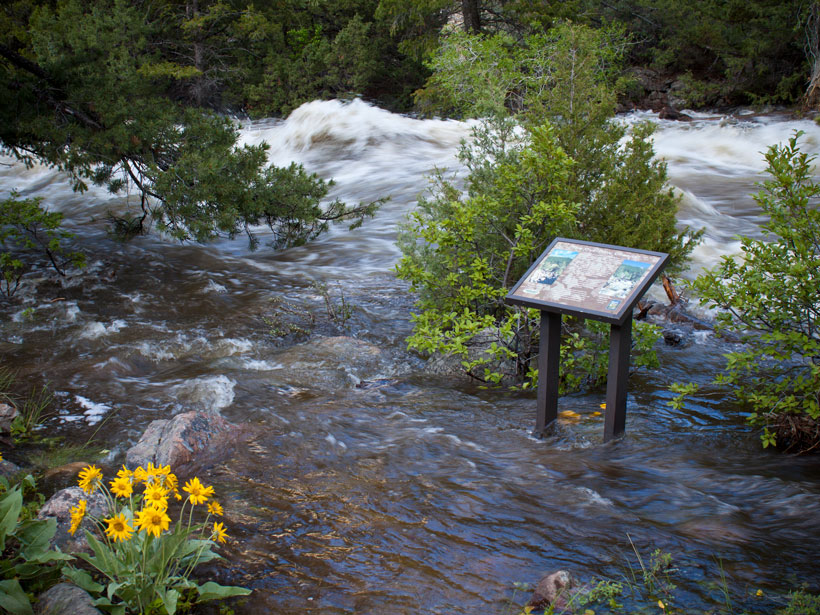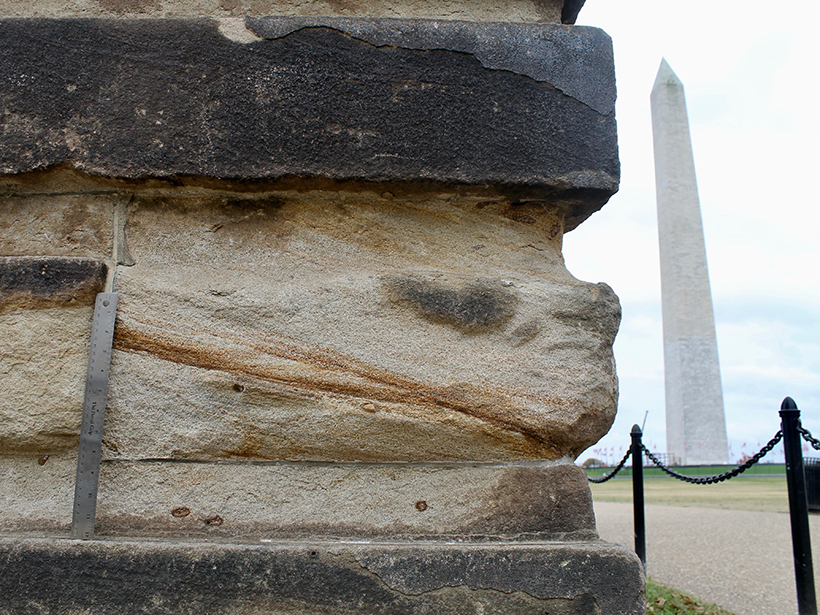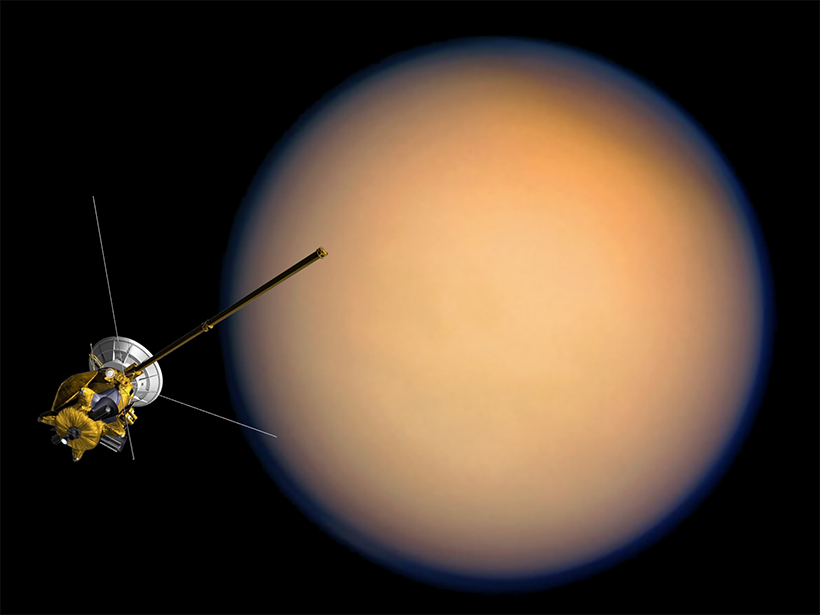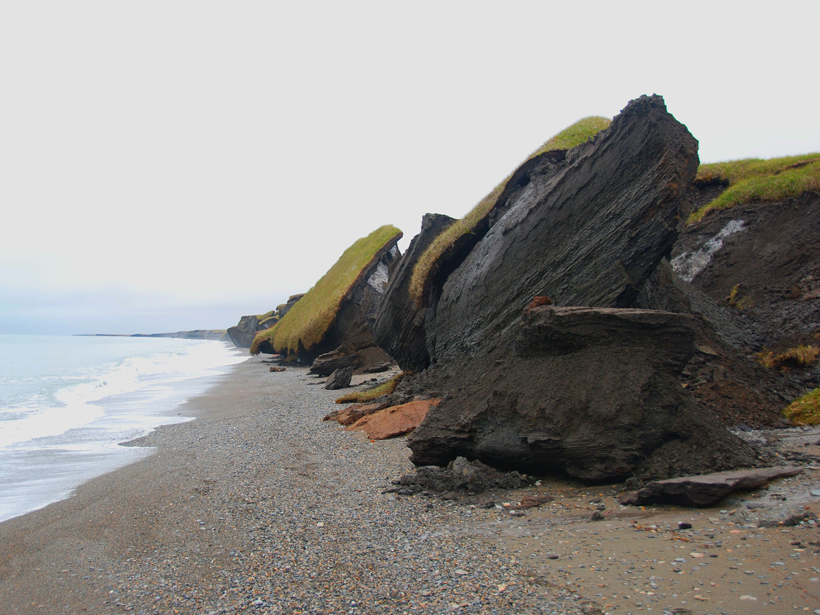Mission scientists observed 11 separate particle ejection events in a 1-month period. They are still trying to figure out what could be causing the particle plumes.
erosion & weathering
Varying Impact of Earthquake- and Monsoon-Induced Landslides
Using nearly 50 years of satellite data and records stretching back millennia, scientists determine the relative frequency—and the erosional power—of monsoon- and earthquake-induced landslides in Nepal.
The Unpredictability of Floods, Erosion, and Channel Migration
A new algorithm incorporates randomness into stream channel formation and suggests the approach represents regions with variable flood magnitudes better than standard models.
Updates on Understanding Mars’s Recent and Present-Day Climate
Mars Workshop on Amazonian and Present-day Climate; Lakewood, Colorado, 18–22 June 2018
Self-Guided Tour of the Geology in D. C. Buildings
The architecture of the nation’s capital reveals a secret geologic history—take a walking tour to spot the interesting fossils and minerals in the stones used to build the halls of power.
Glacial Lake Outburst Flood Captured in Seismic Recordings
A flood that thundered through eastern Nepal in July 2016 left a telltale seismic signature and caused more erosion than local monsoon rains, new research shows.
Peering Through Titan’s Haze to Better Understand Its Surface
Variations in grain size and water ice content detected on Saturn’s largest moon offer evidence of geologically related units that resemble the mountain-to-desert transition on Earth.
Carbon Release from Permafrost Erosion Along the Yukon Coast
New findings highlight the need to account for large amounts of ground ice contained in frozen soil when assessing Arctic carbon cycling.
Planetary Dune Workshop Expands to Include Subaqueous Processes
The Fifth International Planetary Dunes Workshop: From the Bottom of the Oceans to the Outer Limits of the Solar System; St. George, Utah, 16–19 May 2017
Space Weathering Asymmetrically Alters Lunar Crater Walls
Directional differences in craters’ optical properties suggest that the solar wind, not tiny meteorites, is the main driver of space weathering on the Moon.










